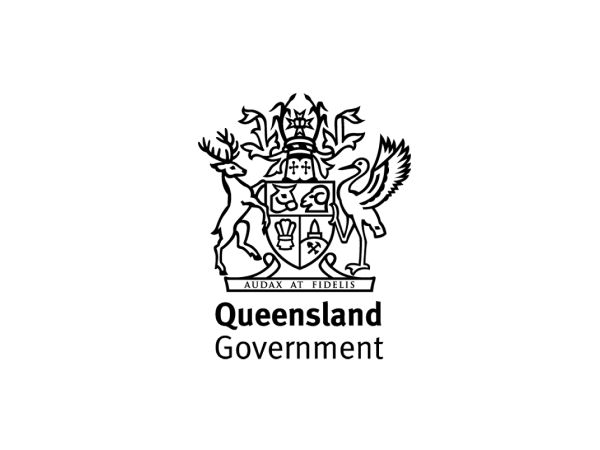Challenge
Logan City Council needed to determine the best location for the installation of wildlife movement mitigation measures. Roadkill hotspots, where native wildlife is most commonly being injured on roads, needed to be identified within the region. With limited actual data on locations where animals are hit on roads, and the extensive road network in the city, an innovative modelling solution was required.
Solution
Information was extracted from a property management system to locate dead animals, and this was converted into a GIS layer and combined with features such as road speed, traffic volume, road width, amount of vegetation and water adjacent to the road. These features are thought to increase the chances of roadkill occurring, so were used in a model to determine wildlife strike hotspots in the city.
Outcomes
- Modelling technique to identify wildlife strike hotspots.
- High-quality map identifying the potential hotspots.
- QA of modelled hotspots through ground truthing.
- Ability to prioritise roadkill mitigation measures.
- Method of assisting with EIAs for development applications.





